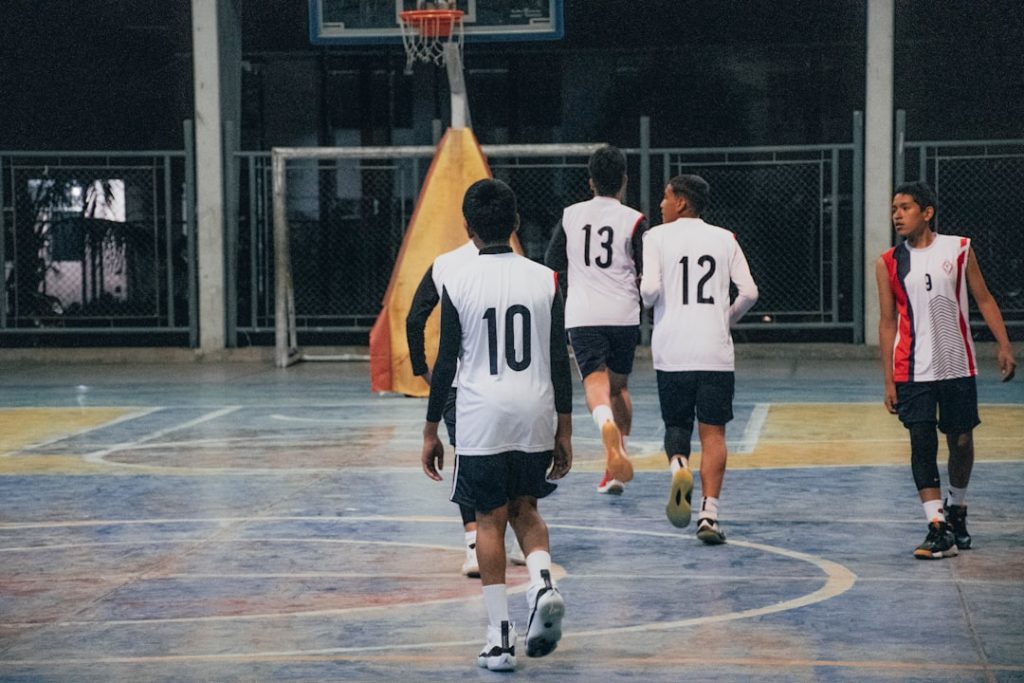In competitive tactical shooters like Valorant, understanding the dynamics of your opponents and teammates can offer a strategic advantage. One aspect many players seek insight into is whether opponents are queued together. Knowing this can shape how you interpret team behavior, communication timing, and coordinated plays. While Riot Games does not directly reveal party formation during the match, there are several indirect methods players rely upon to deduce if others may be in a pre-made group. This article outlines the most reliable ways to tell if players are queued together in Valorant.
Why It Matters
Players queueing together tend to have better synergy and communication, especially if they’re using voice chat. This can lead to:
- Faster strategic decision-making
- More coordinated executes and defense
- Group-based resource management (e.g., sharing utility or weapons)
Identifying a pre-made group can help you recognize potential weaknesses or strengths and adapt accordingly—for instance, by isolating lone players or avoiding 1vX fights against players likely communicating actively.
Behavioral and Game-Based Clues
While no method is foolproof, a combination of the following cues can give strong indicators that players are queued together:
1. Synchronized Movements and Plays
When two or more players consistently move together, execute strategies in tandem, or trade kills with high efficiency, it may suggest they are communicating directly.
Look for patterns like:
- Double or triple peeks from the same angle
- Simultaneous ability usage to control areas
- Timed flanks that coincide with pressure on the opposite site
2. Voice Communication Patterns
During team voice chat, you can often pick up on conversations that seem more personal, familiar, or off-topic between rounds. This informal chatter is typically indicative of duo or trio groups playing casually together.
If several players ignore team voice yet clearly move in coordination, chances are they’re communicating externally via third-party apps like Discord or TeamSpeak.
3. Pre-Match Agent Selection
Groups queued together often discuss agent picks ahead of time. In Valorant, this might show when two or three players lock their agents faster than others, potentially because they already know their roles.
Also, synergistic picks that revolve around a known composition—for example, a Sova for recon, Brimstone for smokes, and Raze or Jett for entry—can hint at coordination.
4. Unusual Buy Behavior
Buying and dropping weapons efficiently is a skill on its own. When two players consistently drop each other weapons at the start of rounds without needing to ask in chat, it strongly implies they’re in voice comms—or even in the same party.
This kind of trust typically doesn’t occur spontaneously in solo queue.
The Scoreboard Tells a Story
After the match ends, the scoreboard can be a goldmine of information that supports your suspicions. Here’s how to interpret it:
1. Similar Names or Clan Tags
Players often use matching usernames or prefixes to signify their party or gaming clan. Examples include tags like [XYZ] before each player’s name. While not definitive proof, it’s a strong indicator.
2. Comparable Ranks and Rank Progression
Valorant’s MMR system pairs players with similar skill levels. If multiple players on a team have similar ranks or are promoted/demoted simultaneously post-match, they’re likely queued together. Duo queues especially can cause rises or dips in rank in tandem.
3. Playtime or Account Age
In some third-party trackers like Tracker.gg or Blitz.gg, you can view play history. Multiple players appearing repeatedly in each other’s match history often signals they queue together regularly.
Using Third-Party Tools and APIs
Several sites and tools outside the game itself can help validate your suspicion of pre-made groups. These include:
1. Tracker.gg / Blitz.gg
These popular platforms offer match history breakdowns, including repeated teammate appearances. Cross-referencing the match you’re analyzing can show if two or more players have queued together in the recent past.
2. Riot API Integration
If you’re technically inclined, Riot’s API provides extensive player and match data. Developers often use this to build tools showing queuing patterns, win rates among played-with users, and other statistical models that suggest party affiliation.
Common False Positives
It’s worth noting that some behaviors can mimic pre-made groups without players actually queuing together. Examples include:
- Highly skilled solo players performing well in sync by coincidence
- Players following the “meta” efficiently even when strangers
- Quick agent locking due to experience or preference, not coordination
These instances can lead to incorrect conclusions, especially if your observations are limited to one round or half of the match.
Tell-Tale Signs in Post-Game Lobby
Quite often, after a match ends, if you keep the post-game lobby open, you may notice players leaving the squad together—especially if three or more leave at the exact same moment. This visual clue strongly suggests they’re part of the same party.
How Riot Could Improve Visibility
There has long been debate within the community over whether Valorant should display queue groups post-match the way some other competitive games like Overwatch or Dota 2 do. Here are a few features players have requested:
- Color-coded scoreboard to represent pre-made parties
- Queue grouping tags shown at the end of the match only
- Party indicators in competitive to encourage better communication
Implementing such features would increase transparency and allow players to better assess their gameplay experience without compromising the integrity of matchmaking.
Conclusion
While Valorant doesn’t explicitly expose queue parties during a match, vigilant observation and the use of third-party tools can provide strong clues. Detecting synchronized behavior, tracking communication styles, analyzing weapon drops and agent picks, and reviewing post-game scoreboards are all effective methods.
As vigilant as some players are about these details, it’s essential to remember that gameplay interpretation must be balanced. Accusations or frustrations based on assumptions can hurt team morale. Instead, use the knowledge strategically, adjusting your playstyle to better confront or coordinate against potentially queued players.
Ultimately, understanding if your opponents are queuing together is less about exposure and more about game sense. Train your observational skills, leverage supporting tools, and continuously adapt—doing so will elevate your competitive edge in Valorant.

